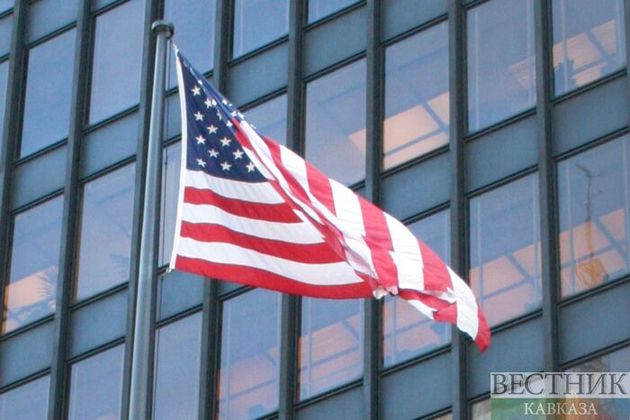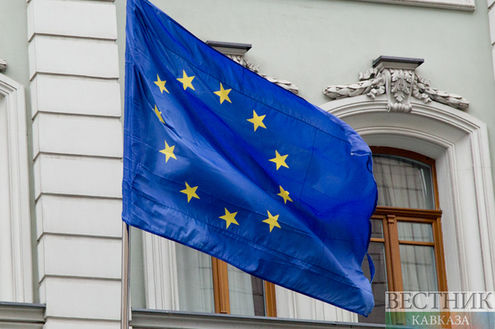The U.S. has given Iran examples of sanctions it could lift as part of efforts to return to compliance with the 2015 Obama-era nuclear agreement that former President Trump withdrew from in 2018, a senior State Department official said Wednesday in a briefing with reporters.
"We have provided Iran with a number of examples of the kinds of sanctions that, we believe, we would need to lift in order to come back into compliance, and the sanctions that we believe we would not need to lift, and we would not lift as part of a return to compliance with the JCPOA," a senior State Department official said.
"I think the United States has a better idea of what it will need to do to come back into full compliance with the JCPOA. And Iran is a better idea of what it will need to do to come back into compliance with the JCPOA," the official said.
"Clarification doesn't necessarily mean consensus," the official said, adding "the distance that remains to be traveled is greater than the distance that we've traveled so far."
Part of the challenge for Biden officials is unraveling a complicated web of the nearly 1,500 sanctions imposed by the former Trump administration that included putting in place sanctions that were originally lifted as part of the JCPOA, but then doubling penalties under the labels of support for terrorism and other descriptions.
"The Trump administration deliberately … imposed sanctions by invoking labels, terrorism labels and other labels, even though it was done purely for the purpose of preventing or hindering a return to the compliance of the JCPOA," The Hill cited the official as saying. "So that has made it more difficult. We have to go through every sanction, to look at whether they were legitimately or not legitimately imposed. So I'm not going to get into precisely the examples that we gave, but we gave Iran examples."






